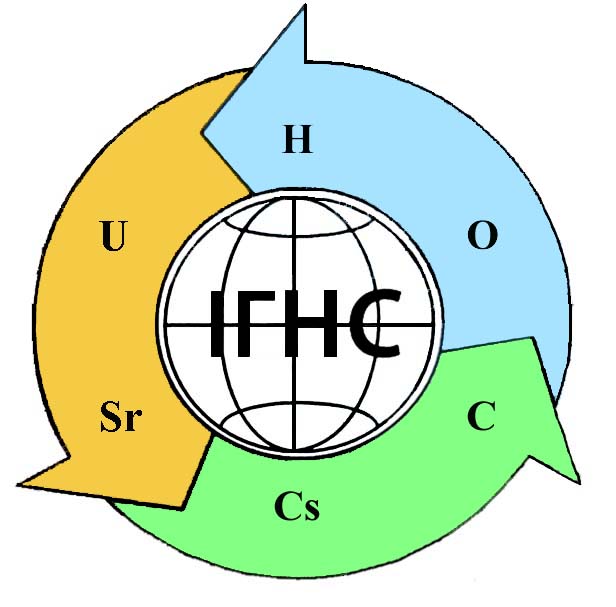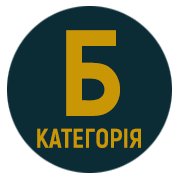SOME FEATURES OF IRON DISTRIBUTION IN THE SUSPENDED MATTER OF THE DNIEPER RIVER WITHIN ZAPORIZHZHIA CITY
DOI:
https://doi.org/10.32782/geotech2022.35.03Keywords:
suspended matter, Dnipro, glandular spherules, heavy metals, technological processesAbstract
The main purpose of the research was determination of the peculiarities of iron distribution in the suspended matter of rivers in the industrialized regions of Ukraine, in particular the city of Zaporizhzhia. Long-term observations and continuous sampling of natural substances made it possible to determine the distribution features of the solid component of the river suspension containing iron oxide, study the morphological characteristics of these particles, and to preliminarily define their genetic affiliation to different technological processes of metallurgical production. Genetically, particles can be divided into two main categories related to the technological processes of crushing iron ores and their high-temperature processing. The first category (Fe2O3 spherules) includes spherical mineral aggregates represented by iron oxide of varying degrees of corrosion, sometimes with micro-impurities of ZnO, zinc, titanium, manganese, and copper oxides.. The second component of technogenic nature in the river suspension is fragments of Fe2O3, sometimes with MnO impurities, represented by a significant range of dimensions (from 5 to 70 and more microns) in the form of acute-angled, sometimes slightly rounded grains. In this case, the dispersed formation (in contrast to iron-containing condensed formations) is presented not only in the pelit and aleurite, but even the finely-psammite component. Morphological features of the particles of a technogenic component in the water suspension indicate that the condensed and dispersed components can be attributed by genetic affiliation to various technological processes of preparation and processing of iron ore at the metallurgical complex of the city. This was evidenced by laboratory examinations of matter of atmospheric emissions of a number of production units at the relevant metallurgical enterprises of the city of Zaporizhzhia. In the environmental field, our researches are very important because such particles are usually carriers of heavy metals (often with a high concentration of these metals).
References
Blackbern, A.A. (2001), O metodah rascheta balansa tyazhelyh metallov na vodosbornoj ploshchadi, Geografiya i prirodnye resursy, 1: 125-128.
Menshikova, E., Osovetsky, B. (2015), Modern problems of science and education, 1 (part 1). https://www.science-education.ru/ru/article/view?id=18203 (Accessed: 3 October 2017).
Morozov, N.P. (1979), On the relation between migration forms of trace elements in the waters of the rivers, bays, seas and oceans, Geokhimiya, 8: 1259–1263.
Mur, Dzh.V., Ramamurti, S.M. (1987), Heavy metals in natural waters. Monitoring and assessment of impact. Moscow.
Mytropolskiy, A.Yu., Bezborodov, A.A., Ovsyaniy, Ye.I. (1982), Geochemistry of Black Sea. Kyiv.
Nasedkin, Ye., Mytropolskyi, O., Ivanova, G. (2013). Monitoring of sedimentation processes in the land and sea of interaction zone. Sevastopol.
Splodytel. A. O., Kuraieva, I. V., Zlobina, K. S. (2020), Peculiarities of heavy metal accumulation in soils in urbanized landscapes of Brovary town, Geological Journal, 2: 39-51. https://doi.org/10.30836/igs.1025-6814.2020.2.200245.
Zhovinsky, E.Ya., Kuraieva, I.V. (2002). Geochemistry of heavy metals in soils of Ukraine. Kyiv.
Zyryanov, V.V., Zyryanov, I.V. (2009). Zola unosa tekhnogennoe syr'e. Moscow.









